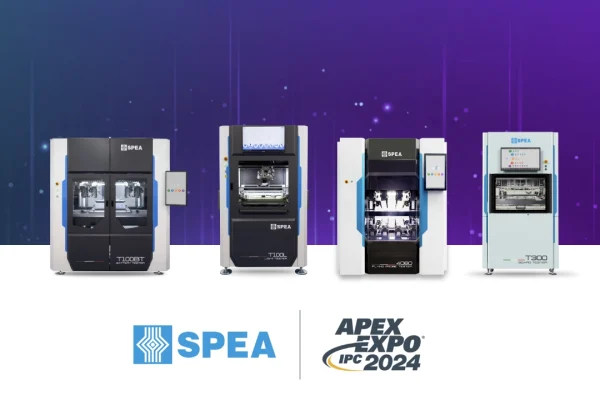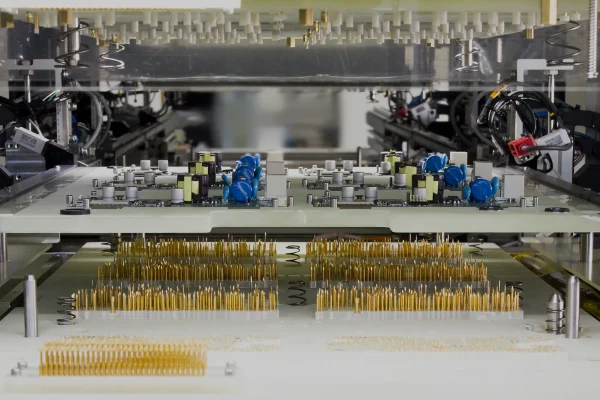Turin (Italy)
November 23, 2023
EV battery testing: the top 3 challenges

Time, data and investment: the key factors of electric vehicle battery testing
The steadily growing quality requirements mandate accurate electric vehicle battery testing to avoid failures in the field.
Because lithium-ion batteries are very hazardous, due to the high energy released and stored in one single electrical vehicle, the potential for very dangerous situations and loss of brand image is considerably high if EV battery testing doesn’t accurately occur during the production cycles.
Beyond safety, there is a very large money triangle, made of time, data accuracy, and resources, that generates the top 3 challenges in electric vehicle battery testing:
- Testing takes a long time to be completed if there is insufficient battery testing capacity and expertise. This extends the production cycle time and penalizes volumes.
- During testing, a large amount of data is generated and, especially in production environments that integrate different stations, measurements and data can be inaccurate.
- Electric vehicle battery testing is application-driven as lithium-ion batteries, cells, and modules need to be tested in the way that the electrical vehicle would be used. Battery testing equipment reconfigurations are therefore required to mimic different applications and comply with battery product changes. This implies a significant capital investment not only in the EV battery testing equipment that’s being used but also in the integration of the different testing fixtures to support the changes.
Companies manufacturing electric vehicle batteries understand how much effort is required to avoid failures in the field. It is evident that test automation plays a critical role in enabling electrical vehicle battery testing to keep pace with production cycle time.
The contribution of automatic EV battery test equipment
Nearly every automatic testing equipment on the market solves time and data accuracy challenges but they lack the flexibility to product changes. Having automatic EV battery testing equipment that adapts as the testing requirements evolve, while improving measurement accuracy and data management, reduces EV battery testing operating costs.
- Electrical (Hi-Pot test, welding micro-resistance, output voltage, DC/AC IR, charging/discharging,…)
- Optical (wire welding and irregularities, presence of scratches, voids, lack of material,…)
- Geometrical test (planarity of each component)
- Thermal (unexpected warm/cold temperature)
As EV battery modules and packs are manufactured by interconnected cells, testing the resistance of the welding connections is critical to identify one of the primary locations of failure capable of arming EV battery efficiency and lifetime. The resistance of these connections to the bus bar is a micro-ohms value and the Kelvin testing technique – or 4-wire method – measures the changes in resistance, detecting defects.
Similarly, the hi-pot test for EV batteries detects any variation to the parameters of the battery module performing withstand resistance and insulation tests, as well as DC/AC internal resistance.
While, the open circuit voltage test measures the electrical potential capability of the EV battery detecting any defects in the voltage between battery cells’ positive and negative electrodes.
Another possible EV battery testing technique to detect failures is the BMS communications test, which is the core of an EV battery module as it is the controller of the functionality of the EV battery module.
All these electrical tests coupled with optical, geometrical, and thermal tests check any EV battery parameter variation, occurring during manufacturing, that can lead to irreversible reactions in the field.
Watch our webinar “Detecting batteries defects matters: the importance of automatic testing” to learn how SPEA T100BT automatic battery tester can efficiently detect battery cells and modules out-of-specs performances during the final step of the production.



